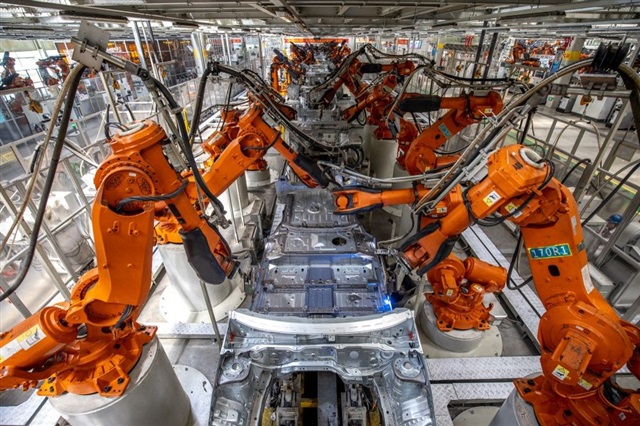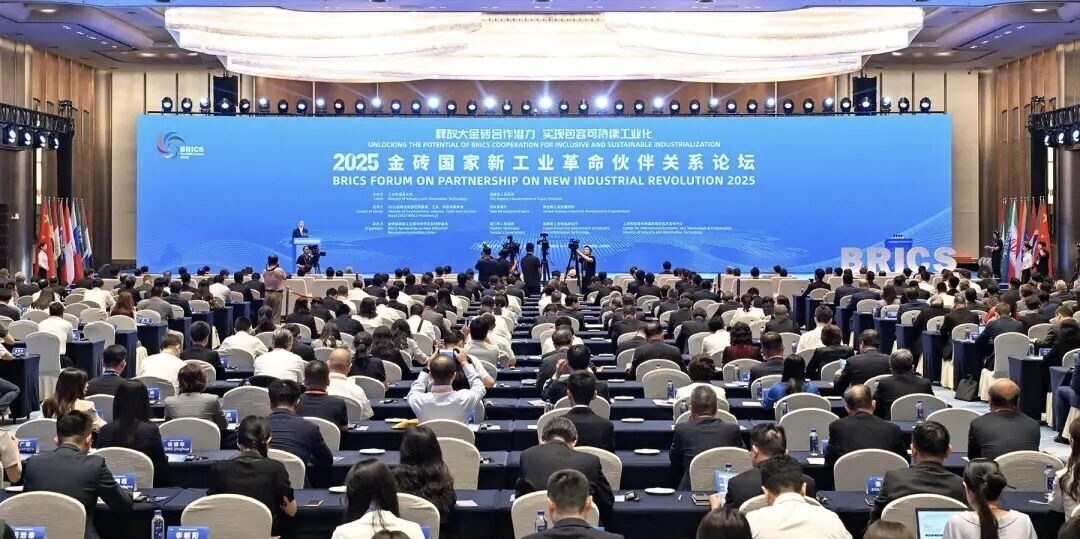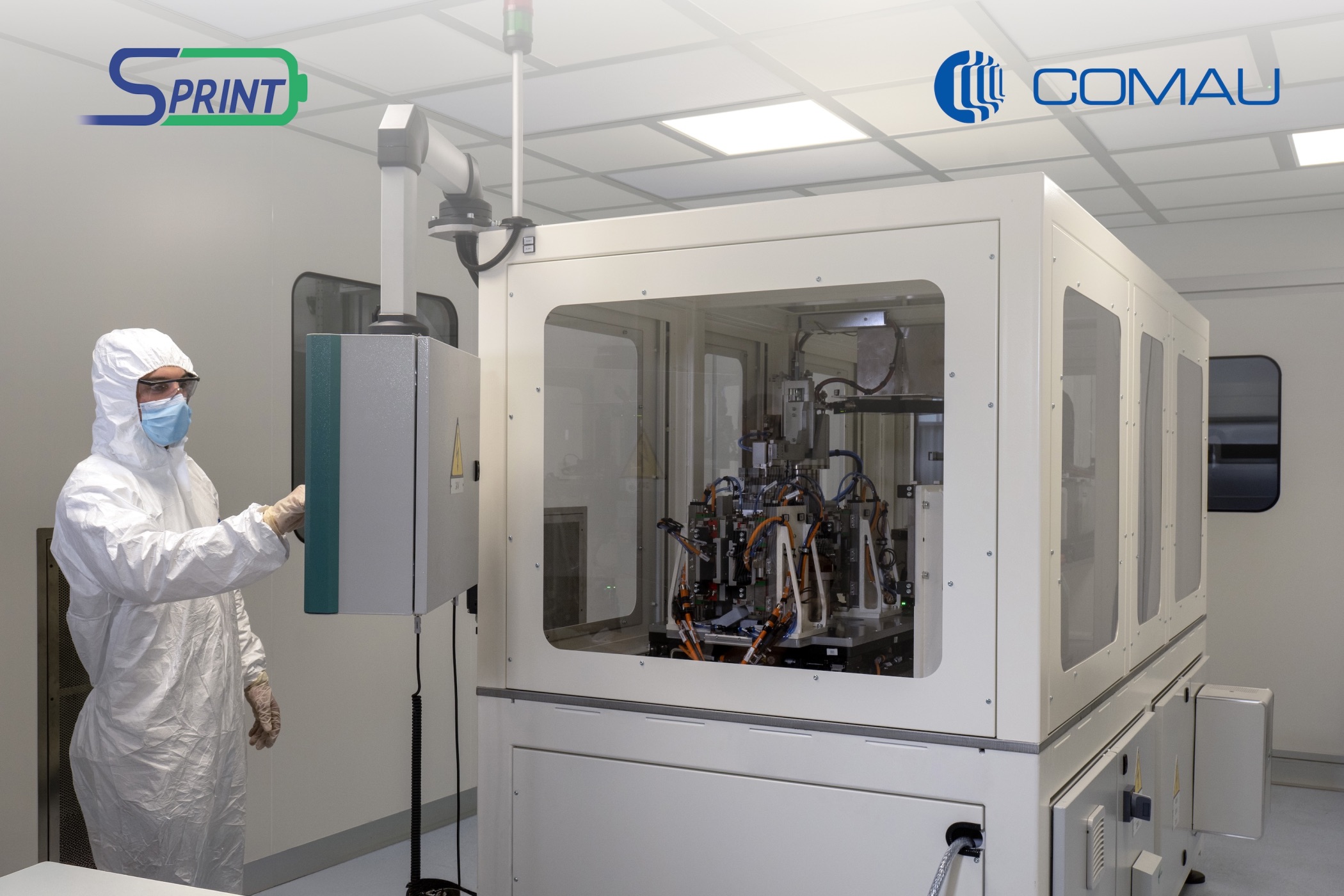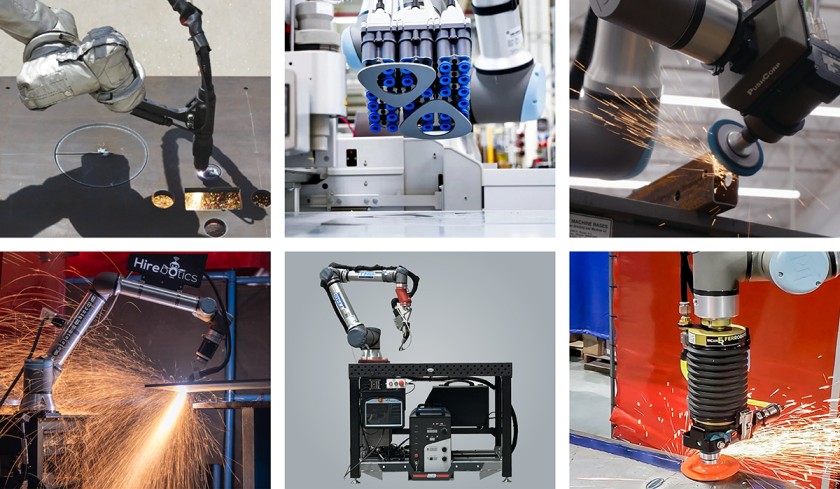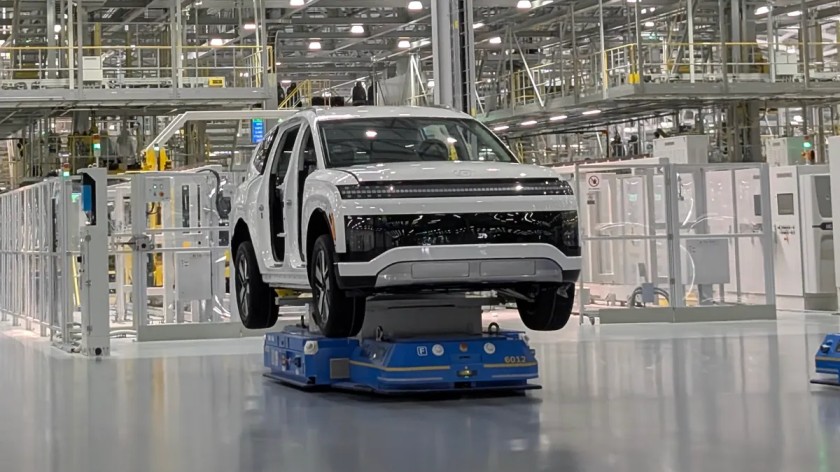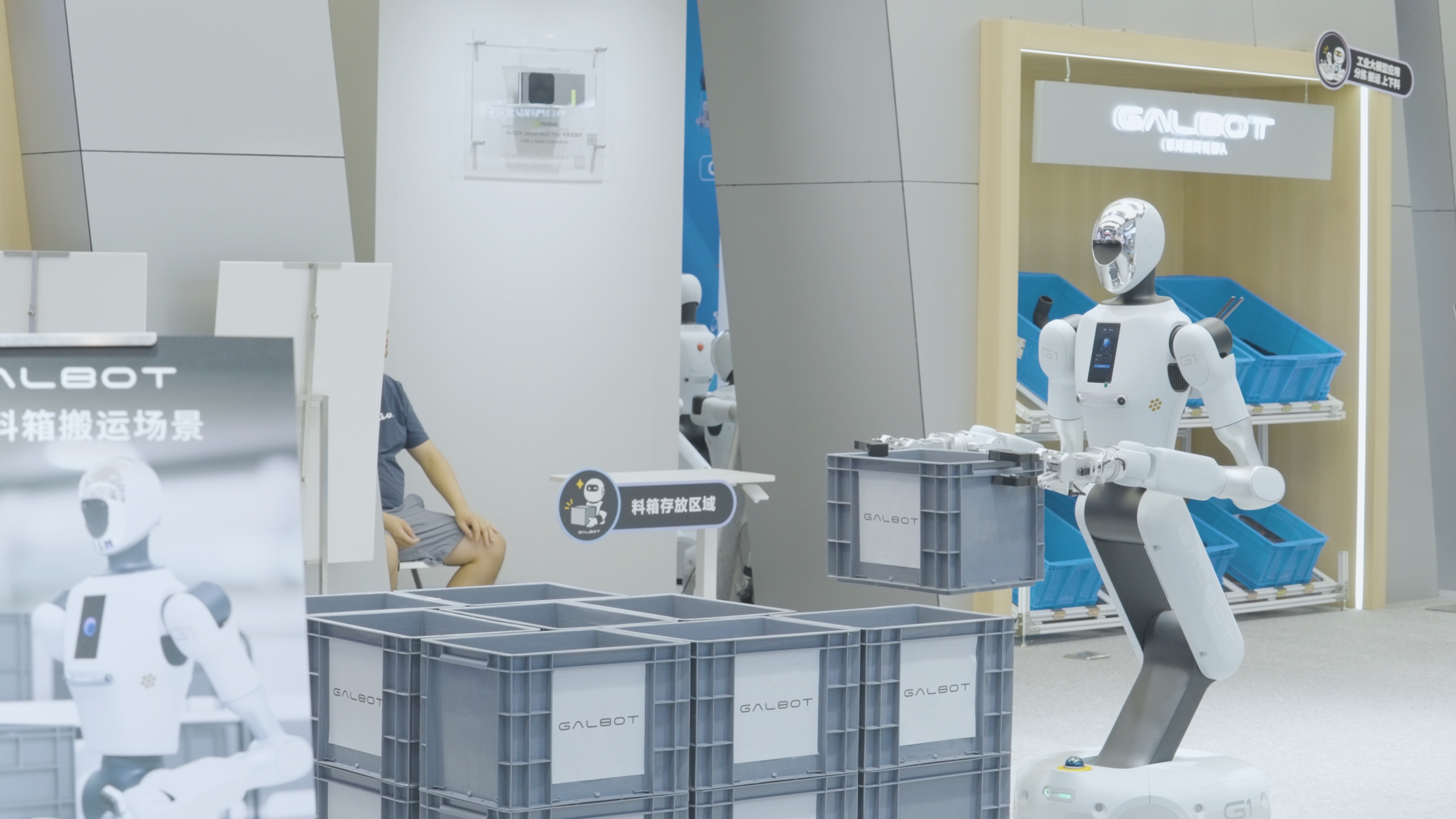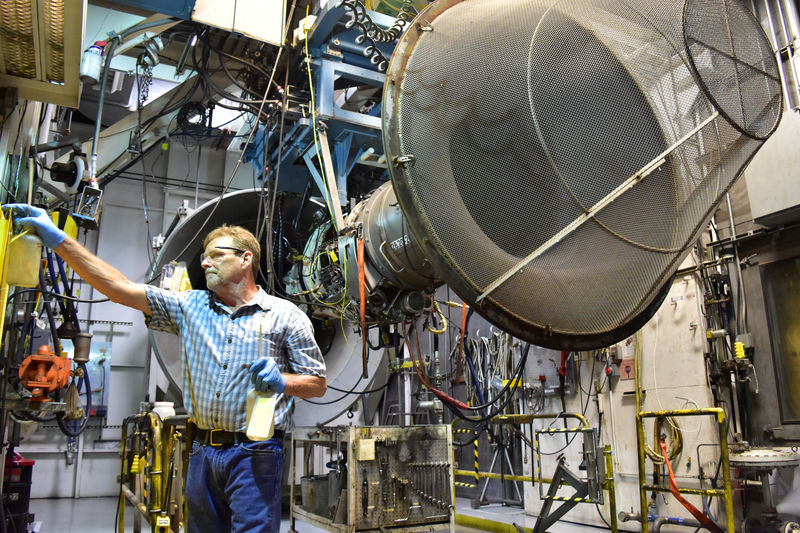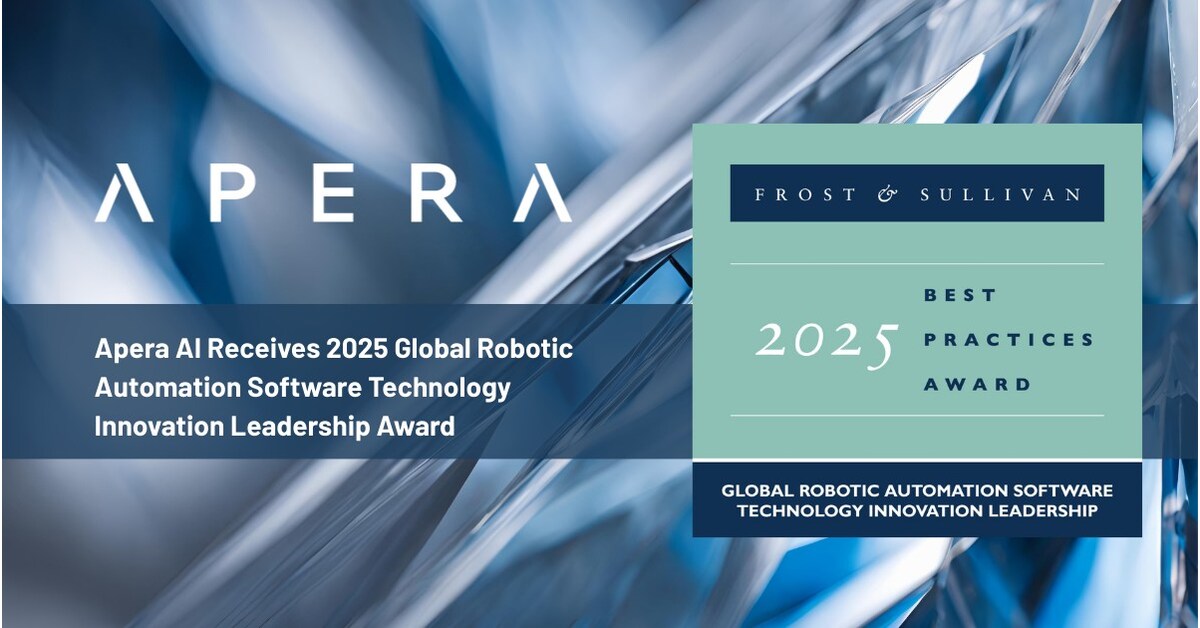Building a Future-Ready Workforce in Manufacturing
With over 600,000 manufacturing vacancies reported in 2024, companies face dual challenges of a retiring baby boomer generation and a shortage of young talent. The integration of technology, knowledge retention, and education reform are key to sustaining the industry.
Image Courtesy: Public Domain
In January 2024, the U.S. Bureau of Labor Statistics reported that U.S. manufacturers had over six hundred thousand vacancies. Two factors affecting the number of vacancies include not enough young people seeking a career in manufacturing and the wave of baby boomers reaching retirement age. Global technology intelligence firm ABI Research forecasts that the installed base of commercial and industrial robots globally will reach 16.3 million in 2030 as manufacturers attempt to offset the baby boomer exodus.
"Companies that take a step back will view the demographic shifts as an opportunity to revamp processes and operations. It is not about technology filling former employees' roles but how technology augments people's working lives," says Michael Larner, Distinguished Analyst at ABI Research. "The nature of manufacturing work will change with roles for robot programmers and for developing models for machine learning tools coming to the fore."
Staff will need to be more data-savvy, for example, in the role of technicians, who are concerned with avoiding unplanned downtime and improving the machine's overall equipment effectiveness (OEE). Technicians will be utilizing data analytics to monitor asset performance and calculating OEE. This trend will benefit the likes of Mitsubishi Electric, Rockwell Automation, PTC, and Siemens, as well as smaller suppliers such as Crosser, Litmus, Machine Metrics, Seeq, Sight Machine, and Tulip.
For manufacturers, one of the biggest concerns with baby boomers heading for retirement is the loss of tribal knowledge, i.e., the detailed knowledge of equipment, processes, and customers. According to Larner, "Manufacturers must capture that tribal knowledge as employees head for retirement as part of a workforce planning strategy. Improving mentoring and knowledge sharing processes are just as important as investments in digital technologies for manufacturers to thrive in the coming years."
To make manufacturing a more desirable career path, manufacturers and technology firms need to work with education bodies to advocate for the industry to students and provide input so that recruits have the skills to fill the vacancies.


